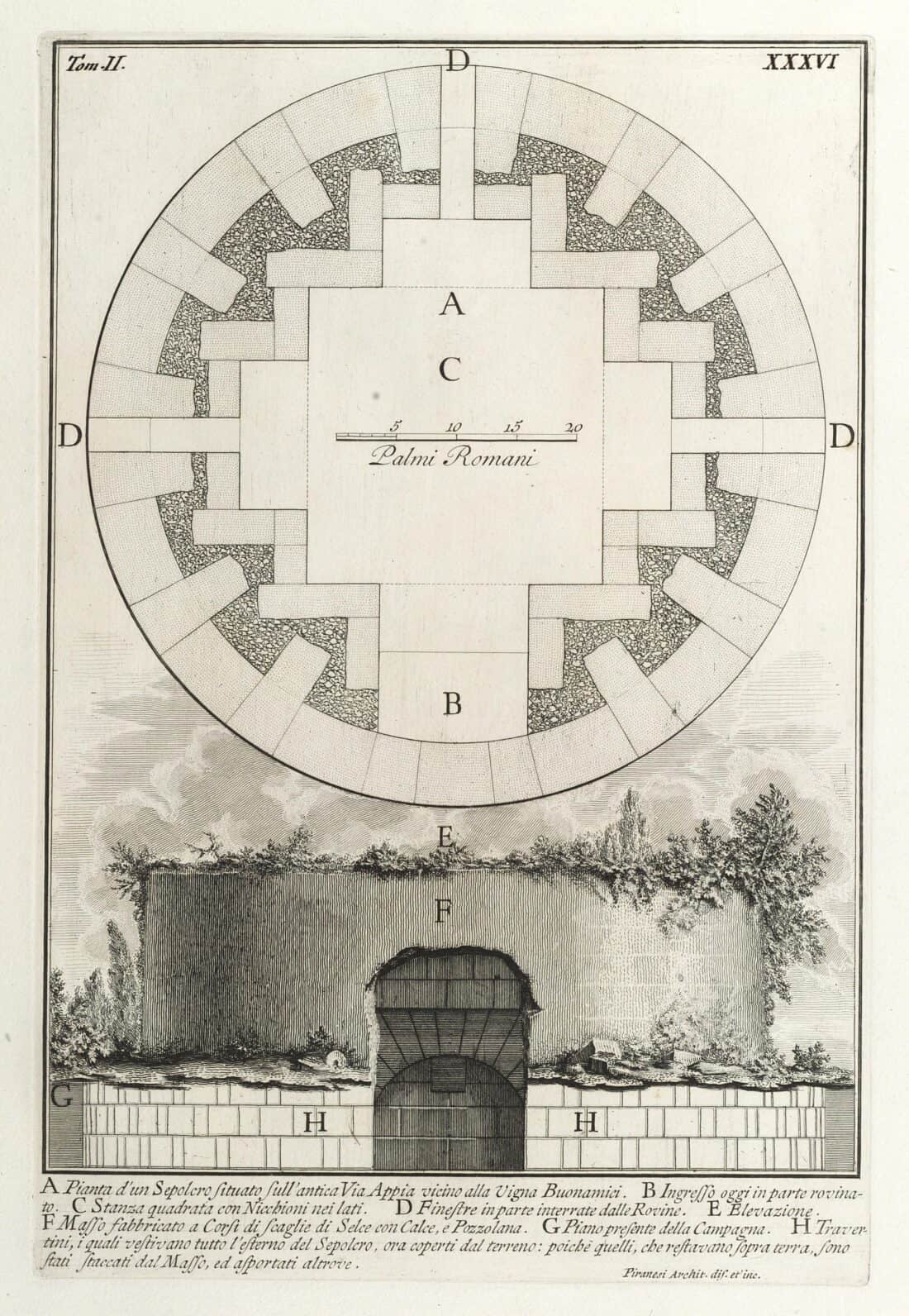Learning from Piranesi
MA Elective Course
(2 SWS / 3 ECTS)
Language: German
Time: Wednesday 11.10.2023, 14:15 – 16:15 (first date), weekly course
Room: ST 3 (1665|003)
Lecturer: Dr. Luciano Motta
Giovanni Battista Piranesi (1720-78) was an architect, painter, engraver, archaeologist and theorist. He is a key figure of the 18th century: his depictions of ancient Roman ruins had a far-reaching influence on the whole of European culture, not only on architecture. He was a visionary vedutist and a fantastic draughtsman and, as an architect from a Venetian family of stonemasons, Piranesi also knew the art of building down to the last detail. Thanks to his varied background, his drawings can be read and understood on different levels: the technical description of the architecture of ancient Rome, his preference for geometry, sculptural forms and spatial design. In addition, there is an idealised depiction of the ancient world and its influence on his contemporary world. Faced with the controversies of his time, between those who preferred Greek art and those who preferred Roman art, Piranesi was rather bored, both in his art and in his written contributions. Rather, Piranesi was able to find fascinating aspects in all cultures and (ancient) periods and expand on them with his art. This has led to Piranesi being considered the founder or precursor of eclecticism.
In the course, Piranesi’s multifaceted figure will be analysed in depth and connections and influences on and by Piranesi will be shown. Students will be guided through various drawing exercises designed to enable them to better understand the depth of Piranesi’s representations and writings. At the same time, the enormous resonance of his art will be demonstrated in order to become familiar with some of the extensive secondary literature on the subject.

